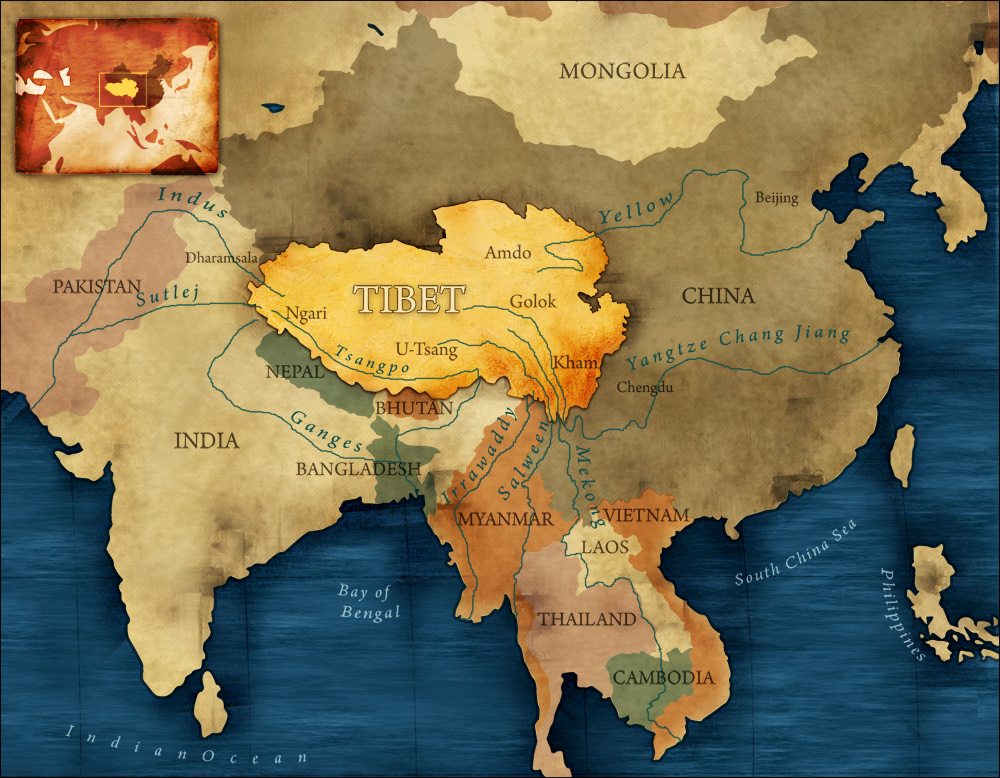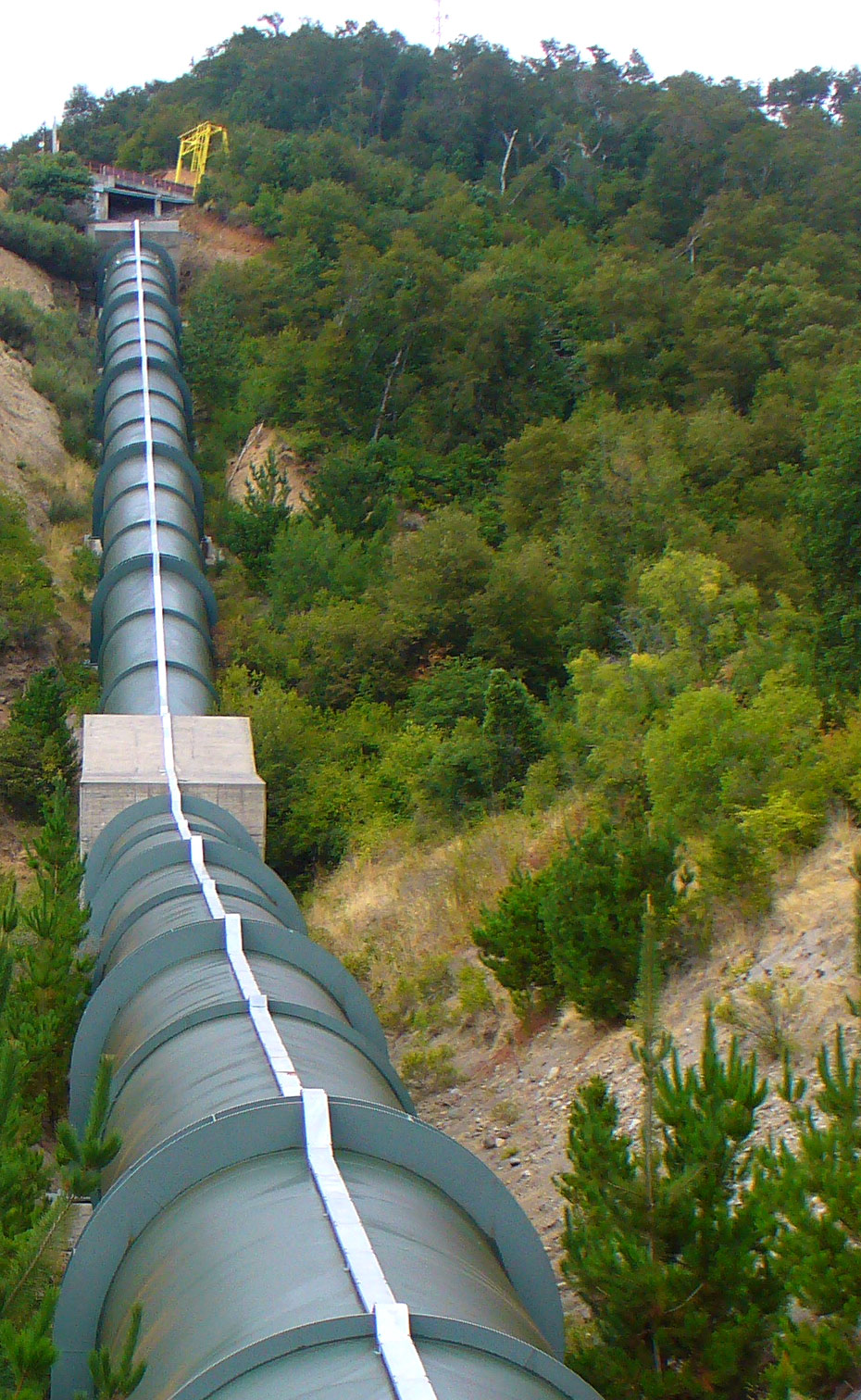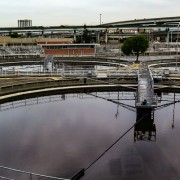The Power of Plastic: Research Reveals Hidden Costs of Bottled Water
As the second most highly purchased beverage in the nation, bottled water ranks right behind soft drinks. But new research shows the energy costs of bottled water are extraordinarily high. A report recently published in Environmental Research Letters takes a rigorous look at the power required to deliver bottled water from source to shelf.
Authored by Peter H. Gleick and Heather Cooley of the Pacific Institute, the report is one the first peer-reviewed papers to examine the connection between energy and bottled water.
It determines that the most significant energy costs have little to do with the water itself. While bottled water is at least 2000 times more energy-intensive than tap water, much of the power needed to produce the commodity comes from the process used to make the plastic bottles. Also significant is the energy required to transport them long distances — from as far as France or Fiji to the United States.
According to Gleick and Cooley these costs indicate a seldom considered environmental threat, a threat that promises to impact an increasingly energy-conscious economy. Their analysis indicates that already one third of a percent of the energy the U.S. uses in a year can be linked back to bottled water production. Triple this for a global figure.
“With the U.S. consumption of bottled water exceeding 33 billion liters a year, and with intensifying efforts to reduce energy use and greenhouse gas emissions,” Cooley said, “these data should help identify ways to reduce the energy costs of bottled water and may help consumers themselves make more environmentally sustainable choices.”
“In the growing debate about environmental impacts of agriculture there’s a growing movement to eat locally,” Gleick points out. “This study suggests that maybe we ought to be drinking locally.”
Read the full analysis here.








Leave a Reply
Want to join the discussion?Feel free to contribute!